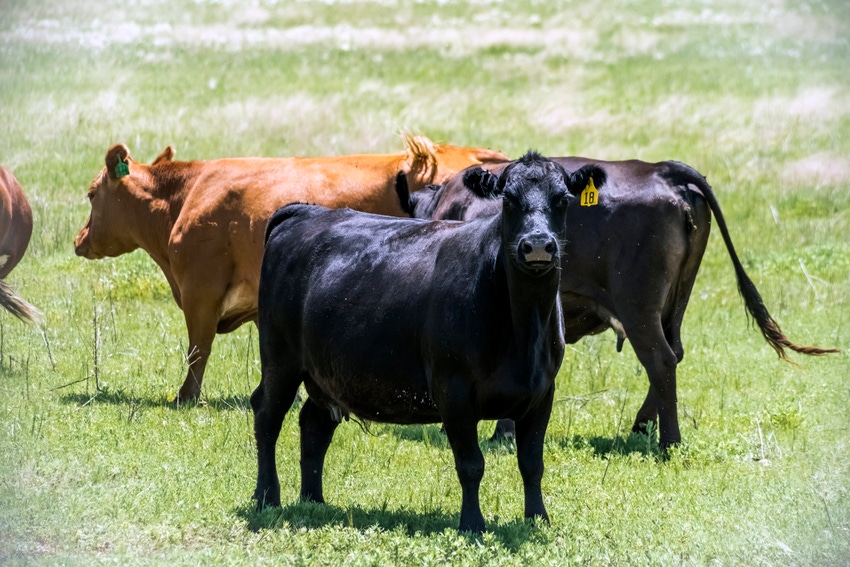Cull cow market lackluster despite strong cattle complex
Larger beef cow herds and low dairy margins lead to larger number of culls.

While cattle markets overall have shown impressive strength despite larger supplies during 2018, this has not been the case for the cull cow market, according to Mississippi State University economist Josh Maples.
Maples relayed that feeder steer market averages have been nearly level or slightly stronger than 2017 levels in many markets over the past few months, even in the face of larger calf supplies. In fact, he said the U.S. Department of Agriculture reported that national feeder and stocker receipts were around 15% higher during August through October 2018 compared to the same three months during 2017.
“Moving more calves at level or higher prices is a testament to the current demand-driven environment,” Maples said.
However, that “strength despite supplies” story has not held true for the cull cow market, he said. “Usually, one of the more predictable seasonal markets, cull cow sellers have been plagued by low and going-lower prices for most of the year.”
While cull cow price data is a little more difficult to detangle, Maples said the trend has certainly been for lower cull prices in 2018.
Average cull cow prices in South Dakota were about 12% lower for July to October 2018 compared to the same four months of last year, USDA data show. In San Angelo, Texas, cull cow prices were 18% lower over this same period, and in Kentucky, cull cow prices averaged about 17% lower, Maples said.
“Larger supplies are indeed a big factor,” he said, adding that beef cow slaughter has been running above year-ago levels for nearly all of 2018.
USDA has reported an approximately 12% increase in the number of cull cows and bulls sold since the beginning of July 2018 compared to the same period last year. Maples said some of this is due to a larger U.S. cow herd, which leads to more potential culls. Low margins for dairy producers are also forcing more dairy cows into the slaughter mix, he added.
With already low prices, Maples said we are now headed into the time of year when lower cull prices are typically expected.
“Cow slaughter is seasonally higher during the last three months of the year as producers make cull decisions prior to winter," Maples said. "Combined with winter usually being a slower ground beef demand time of the year, there usually is not much cull market strength until we get closer to spring.”
This dynamic makes cull decisions a little more complex this year for many producers, Maples explained.
“Wintering a cow that you do not plan to keep is generally something producers are not keen to do, but that may not be the case in certain instances this year – especially for producers who have been waiting for a cull price rally to sell over the past few months without reward,” he added.
He said culling, even at current prices, will still make sense for many and probably even for most producers once the cost of carrying a cow through the winter is considered. For producers with relatively low marginal wintering costs, however, this is at least a year to crunch the numbers, he said.
About the Author(s)
You May Also Like



